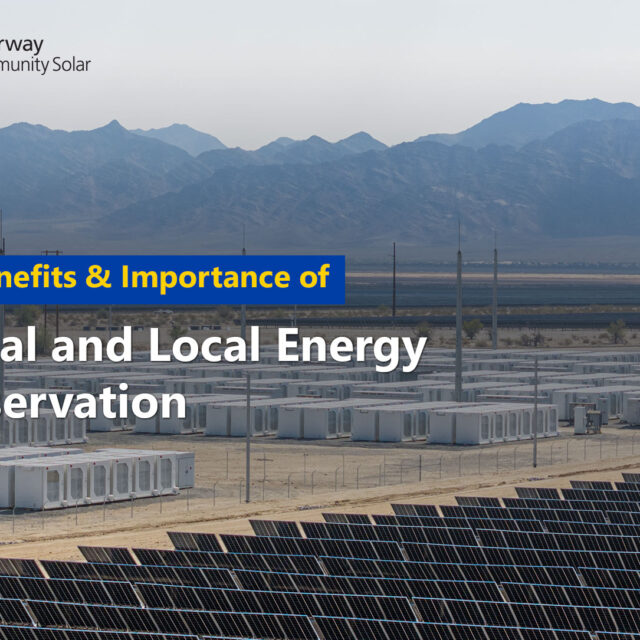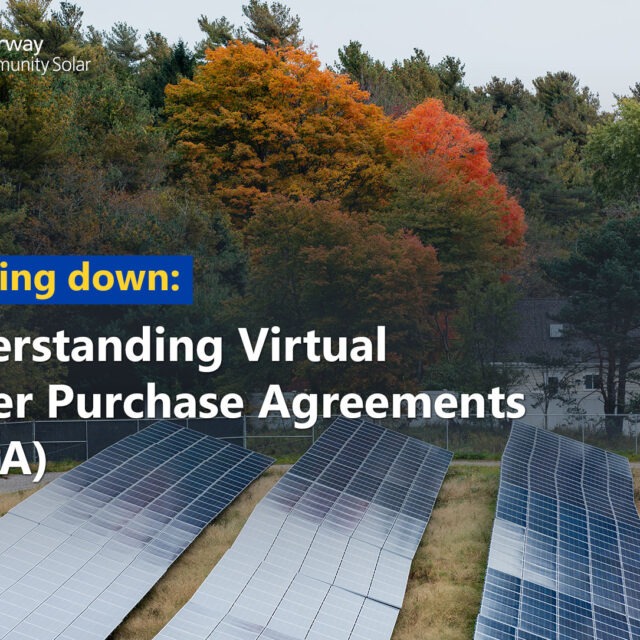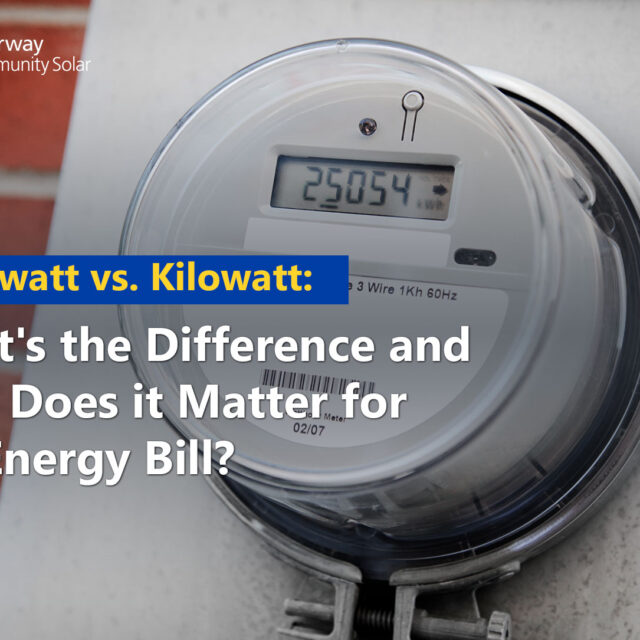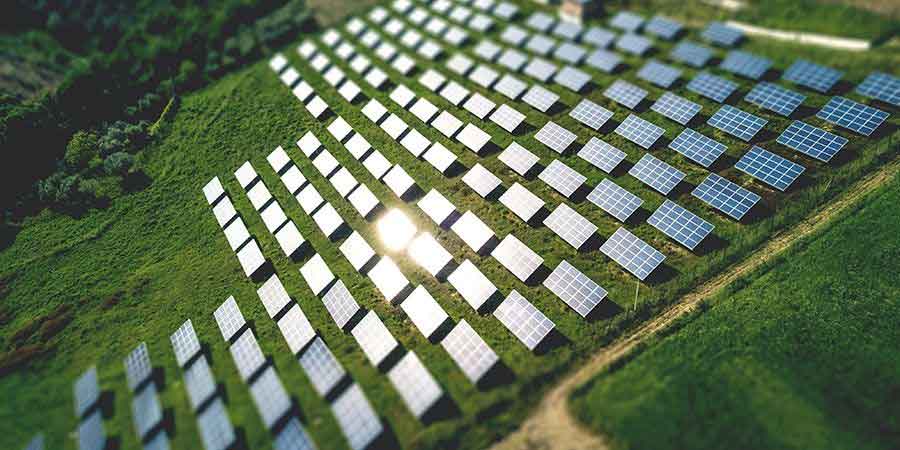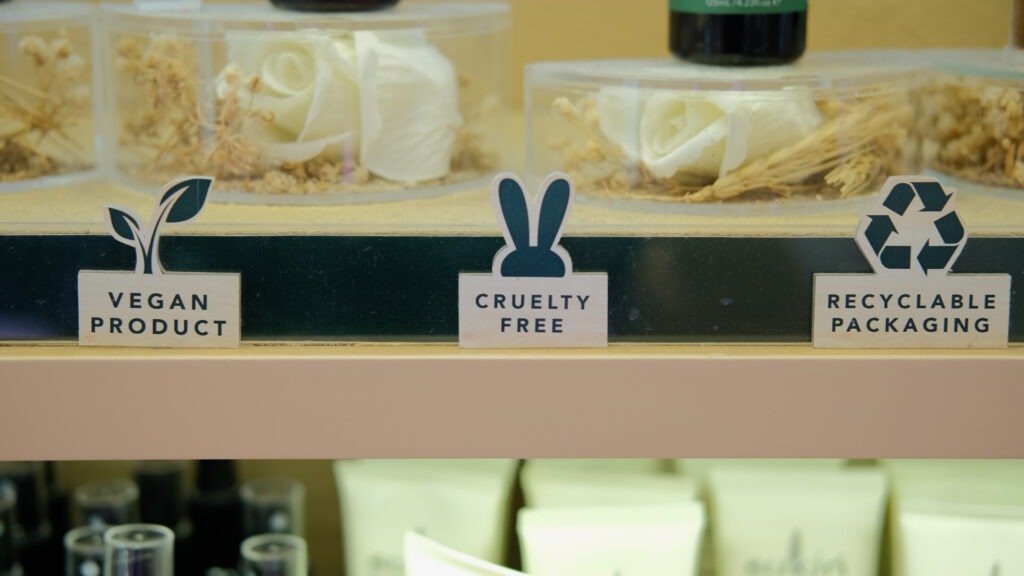
In our modern society, we have access to so much information that we did not have as consumers decades ago. Today, it’s possible to find the ingredients within products, where the various components were manufactured, and the amount of environmental or human health harm associated with a product. With so much knowledge at our fingertips, it’s a lot easier today to be a more conscious consumer than it was years ago. For this reason, many people believe those living above the poverty line in developed countries have a social responsibility to be more conscious consumers.
When you hear the term “conscious consumerism,” it may sound a bit vague and confusing. You may have heard of conscious consumerism referred to by other terms, such as “green consumerism” or “ethical consumerism.” The questions of whether a particular product is ethical or green are both important components of conscious consumerism, but neither of those terms can be considered truly synonymous with conscious consumerism, which is a bit more encompassing.
So what exactly is conscious consumerism, and is it more than just a marketing ploy to get consumers to feel good about their purchases?
The Meaning of Conscious Consumerism
Conscious consumerism is an active choice as a consumer to make more informed decisions about purchases in order to bring about positive impacts in society. Conscious consumers make purchasing decisions as a statement of their own personal values and often prefer products that are:
- Eco-Friendly: These products are non-toxic, have minimal environmental impacts during production and usage, contribute to a circular economy, produce low emissions, help reduce energy usage, and/or help reduce your carbon footprint.
- Fair Trade: These are socially responsible products that are ethically sourced and will support safe working conditions, fair wages, and sustainable livelihoods.
- Animal Safe: These are products that do not involve harming animals in any way. For example, using plant-based food products as a meat alternative would be considered animal safe.
- Healthy: These are simply products that are good for the well-being of the consumer, such as locally grown or DIY organic vegetables, plant-based foods, eco-friendly cleaning products, or toiletries that are sulfate, paraben, and phthalate-free.
The History of the Conscious Consumerism Movement
The trend of making conscious consumer choices can be traced back to the free produce movement of the 1820s, which encouraged people to buy products that were not made through slave labor. Modern-day conscious consumerism involves not only fair-trade and ethical considerations, but environmental, sustainability, and health considerations as well. The trend has been on the rise in recent years. According to a study conducted by independent firm GlobeScan, there has been a 118% increase in the number of consumers from 2019 to 2023 who recognize the Fairtrade America label when shopping.
Examples of Conscious Consumerism
- Purchasing energy-efficient products, such as those with a certified ENERGY STAR rating.
- Buying holiday decorations and gifts that are eco-friendly and produce less waste.
- Taking advantage of incentive programs such as federal rebates, tax credits, or financing programs for purchasing energy-efficient and renewable energy products.
- Participating in a solar energy sharing program to support locally produced solar energy and to help create local green jobs.
- Choosing to eat a plant-based diet a few days per week to offset your impacts.
- Saying goodbye to fast fashion and only purchasing clothing from companies that are Fairtrade certified.
- Composting in your backyard or participating in a local composting program.
- Purchasing or building your own solar cooker and making your favorite meals using the sun’s energy.
Benefits & Drawbacks
The benefits and downsides of making conscious consumer choices are fairly subjective and vary on an individual basis. What may seem like a worthwhile lifestyle change or investment to one person might be an unnecessary price tag to another person. In general, here are some of the pros and cons that some people have cited when making more ethical consumer decisions:
Benefits:
- Contributes to a more sustainable and equitable world
- Products are often of a higher quality and last longer
- Allows you to feel good about your purchases
Drawbacks:
- Higher purchase prices
- Can be more difficult to find in some areas
- Requires research before making some purchasing decisions
How Conscious Consumerism Affects the Environment
The concept of being a conscious consumer rests on the belief that small actions over time contribute to larger impacts. By making informed choices and supporting businesses that prioritize ethical sourcing, environmental sustainability, and social responsibility, you can play a pivotal role in driving positive change.
There is a fair amount of evidence that changing purchasing behaviors can actually make a difference, especially when it comes to climate change. Let’s first look at the evidence regarding how non-conscious purchasing has negatively impacted the environment, and who in the world is mostly responsible for this issue.
Understanding How Consumers Have Negatively Impacted the Environment
It is a known fact today that our consumer habits are actually driving climate change. According to a 2015 study in the Journal of Industrial Ecology, consumers are responsible for more than 60% of the world’s greenhouse gas emissions, and up to 80% of global water usage. Furthermore, food accounts for 48% of household impacts on land resources and 70% of impacts on water resources. In this study, the researchers found a pattern, stating that “the richer a country is, the more its inhabitants consume, and the greater each person’s impact on the planet.” A 2020 U.N. report found that those within the richest 1% of the global population emit more than twice that of the poorest 50% of the population.
Relatively speaking, Americans are wealthy. We spend a lot of money and consume a lot of goods. The same U.N. study reported that “a typical American’s yearly carbon emissions are five times that of the world’s average person.” This is where the concept of social responsibility comes in. It suggests that those who can afford to do so should make consumer choices that will do less harm to the environment. This collective action will help to lessen the cumulative impact of consumerism on the environment.
Positive Environmental Change
Studies have shown that during the COVID-19 Pandemic, there was a major consumer shift from sustainability being ‘nice to have’ to being an essential that consumers expect to see from brands as standard.
In PwC’s June 2021 Global Consumer Insights Pulse Survey, half of all global consumers surveyed reported that they are more eco-friendly than they were before. This shift may have been due to people having more time each day to self-reflect and contemplate their decisions and values during lockdown. And the trend isn’t stopping anytime soon. In the most recent 2023 PwC survey, eight out of ten consumers said they would pay up to 5% more for sustainably produced goods. This data is backed up by the results of the 2023 Business Sustainability Index, which shows the majority of U.S. consumers will pay more for environmentally friendly products.
In 2021, a review paper looked at current research on consumer behavior and climate change to determine the most effective and efficient interventions to change consumption patterns. The report states that based on available data and evidence, the most impactful ways for consumers to reduce their carbon footprint is through reducing consumption that is the most carbon-intensive, such as flying (air travel) and eating meat from ruminants (e.g., cows). Another behavior that has shown promising results is for consumers to choose more climate-friendly options, such as the most energy-efficient appliances or electric vehicles.
How to Join the Movement
Being a conscious consumer involves being honest with yourself about what you do and do not need. This is a lifestyle choice and with that, there will be daily habits that may have to change in order to stick to your priorities.
To ensure better success in this transition, it’s a good idea to start small. Make one or two commitments that you think you can stick to and that perhaps are most important to your personal values. You don’t have to be an eco-warrior overnight. You can make one or two small changes to your lifestyle first, and then, if things are going well, you can add in other commitments down the road. Once you see how successful you’ve been at making one or two small changes, you’ll likely see the benefits and feel more confident about making other lifestyle changes as well.
Check out our Resource Center to learn about the ways you can incorporate more sustainable living practices into your life.
